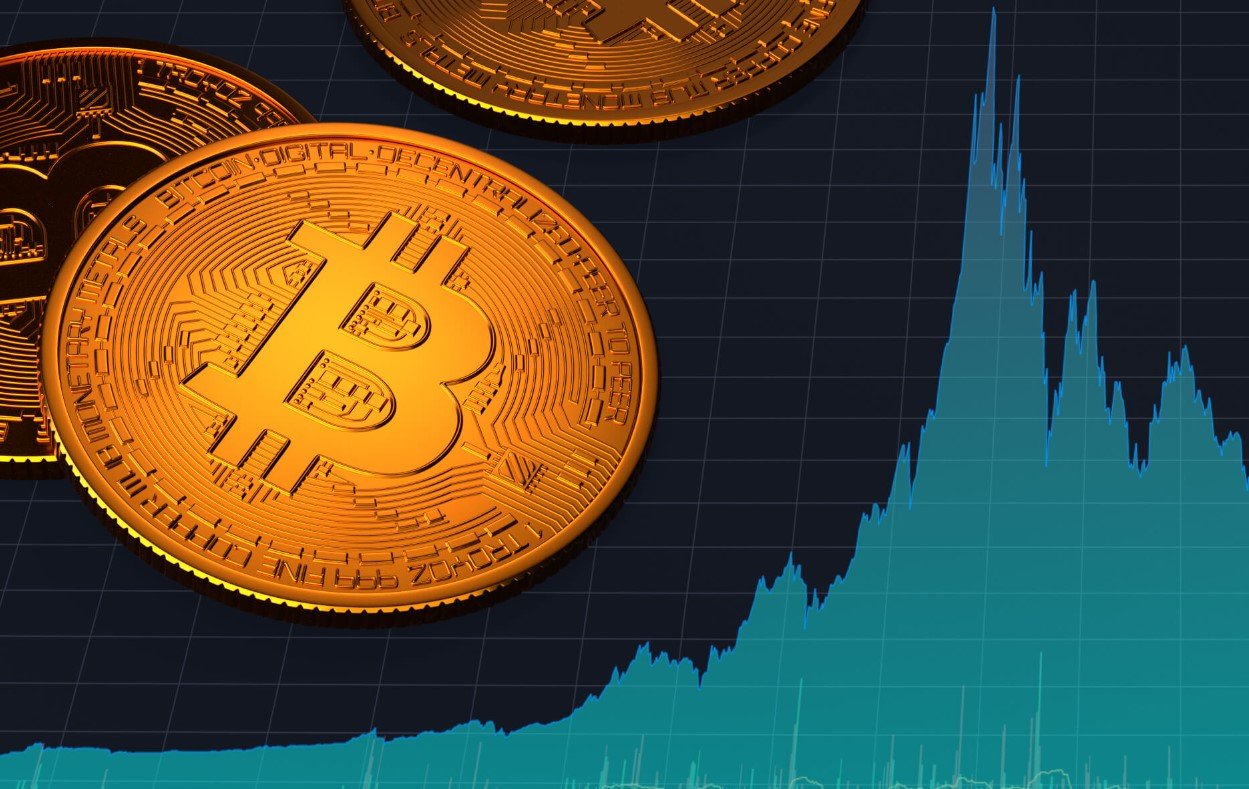The Current Market Landscape
Bitcoin’s price has experienced significant fluctuations recently. Analysts have noted a bearish trend, with the cryptocurrency trading below key moving averages. This has led to concerns among investors, as the 50-day and 200-day Simple Moving Averages (SMAs) now act as resistance levels. Despite this, some experts believe that Bitcoin could still see a bullish breakout, potentially reaching new highs.

The broader market conditions also play a crucial role in Bitcoin’s price movements. Economic indicators, such as inflation rates and central bank policies, can significantly impact investor sentiment. For instance, expectations of Federal Reserve rate cuts have historically boosted risk assets, including cryptocurrencies. As such, upcoming economic data releases will be closely watched by market participants.
Predictions and Projections
Various analysts have provided a wide range of price predictions for Bitcoin. Some forecasts are conservative, suggesting that Bitcoin could reach around $83,000 in the near term. This projection is based on technical analysis, specifically the formation of an inverted head-and-shoulders pattern. If Bitcoin breaks above the $72,000 resistance level, it could trigger a significant rally.
On the other hand, more optimistic predictions suggest that Bitcoin could soar to unprecedented levels. Some experts believe that Bitcoin could eventually reach between $95,000 and $700,000. These projections are based on long-term adoption trends and improving mining conditions. As more institutional investors enter the market, the demand for Bitcoin is expected to rise, driving up its price.
Factors Influencing Bitcoin’s Future
Several factors could influence Bitcoin’s future price movements. One of the most significant is the upcoming Bitcoin halving event. Historically, Bitcoin’s price has surged in the months leading up to and following a halving. This event reduces the block rewards for miners, effectively decreasing the supply of new Bitcoin entering the market. If demand remains constant or increases, this reduced supply could lead to higher prices.
Another critical factor is regulatory developments. Governments and regulatory bodies worldwide are increasingly focusing on cryptocurrencies. Positive regulatory news, such as the approval of Bitcoin exchange-traded funds (ETFs), could boost investor confidence and drive up prices. Conversely, negative regulatory actions could have the opposite effect, leading to price declines.
Technological advancements within the Bitcoin network also play a role. Improvements in scalability, security, and transaction speed can enhance Bitcoin’s utility and attractiveness to users and investors. As the network evolves, these technological upgrades could positively impact Bitcoin’s price.




































